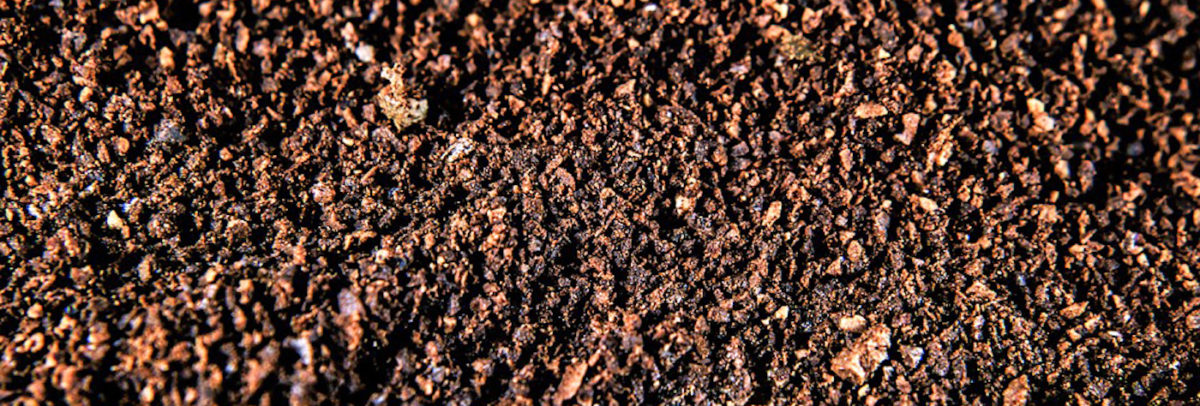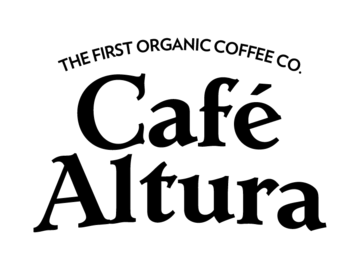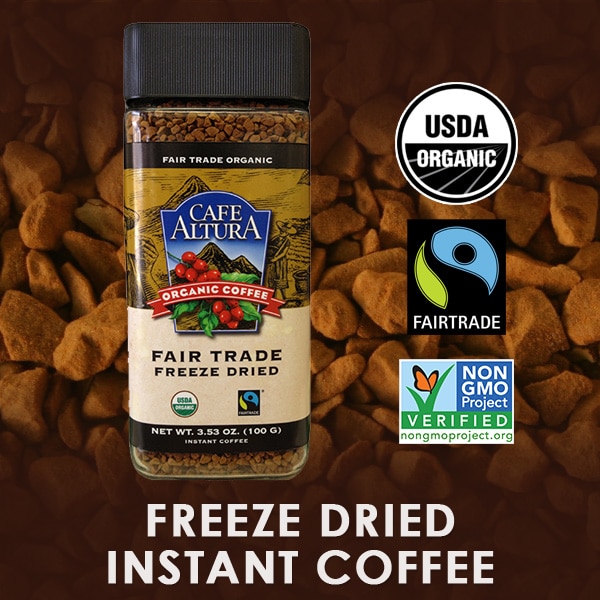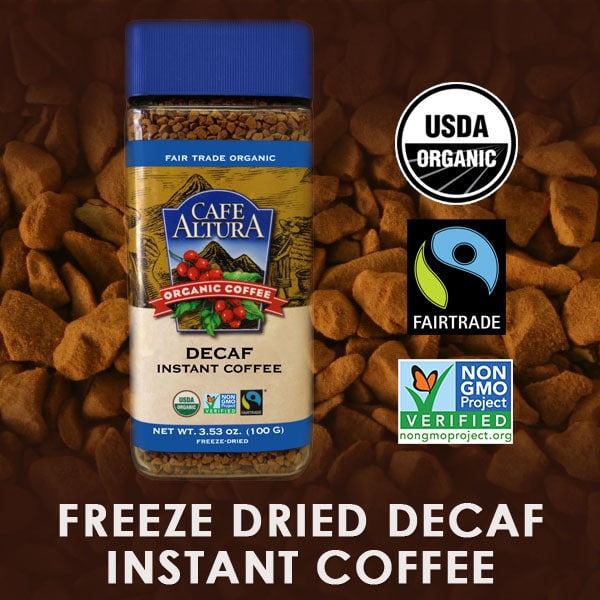
How Instant Coffee Is Made
In our modern third-wave age of coffee culture it can sometimes seem like nothing is worth drinking unless we hand-pick the beans ourselves before hand them to our favorite barista for brewing with a V60 pour-over.
As idyllic an idea as that may be, it simply doesn’t reflect the daily reality for most of the coffee drinking population in the United States, or elsewhere in the world. For 1 in 14 Americans (and a majority of the population in some countries), instant coffee is how they choose to drink their daily cup. On the surface, it can be fairly easy to see why. Most instant coffee is far less expensive than its fresh counterpart, making it is incredibly simple and clean up is a breeze (looking at you, fellow French press users).
Some studies are even finding that instant coffee has a less harmful effect on the environment since its concentrated nature means lighter shipping and less packaging is needed for the same number of cups.
But this aside, and this may shock some people, instant coffee can actually taste good, too. While it can be easy to dismiss this group of coffee drinkers as a population using coffee in a utilitarian way, disregarding the subtleties and nuances we fresh coffee drinkers enjoy that’s simply not so.
Though it may sometimes get a bad rap resulting from the lackluster products coming from the TV-ad-buying major producers in the industry, not all instant coffee is made equal. To start, there are two main methods that go a long way toward determining the final product’s quality.
The first method, spray-drying, is the less expensive and more popular of the two. This method allows for larger-scale production and shorter drying times as well as creating fine, round particles. It’s the process favored by the larger coffee manufacturers as it allows them to produce an extremely consistent product, at scale, which they can then sell to a mass market at a relatively low price.
A drawback of the spray-drying process, however, is that it requires the beans to be subjected to a source of very high heat. This high, harsh heat, intentionally pulverizes the coffee subjected to it and the final product ends up losing much of the initial flavor of the bean. Due to the extremes of this process, and they fact that the product is typically meant to have a more mass-market appeal, most spray-dried coffee is made using a lower quality, and less expensive, bean.
Freeze-dried instant coffee avoids these drawbacks. When producing instant coffee through freeze-drying, coffee extract is lowered to about -40ºC. The extract is then dried at these extremely low temperatures while under a vacuum. It’s a far more meticulous and gradual process which helps preserve more of the original bean’s quality in terms of aroma and flavor profile. The method is more labor intensive and expensive, the resulting product can cost between 10-30% more than the typical spray-dried product.
Since the final product coming from the freeze-drying process retains more of the original bean’s characteristics, it is typically made using higher-end beans as well. While there are mass market companies using this approach to instant coffee making, it’s the method used by nearly all boutique roasters and coffee producers, including here at Cafe Altura. We believe that the effort and time needed for the freeze-drying process is well worth it as it makes for a far superior product with more of the original qualities of the bean in tact.
Another benefit to instant coffee that is sometimes overlooked is its versatility. In addition to having some cooking and baking applications, instant coffee can be the perfect companion for the modern day road warrior. Since you only need about a teaspoon to make a cup, and you can get hot water just about anywhere, freeze-dried instant coffee can be a great way to insure that every day gets off to a great start no matter where you are.
~ We currently offer two Organic Instant Coffees ~
Certifications : USDA Organic, Fair Trade, Non-GMO, Kosher


